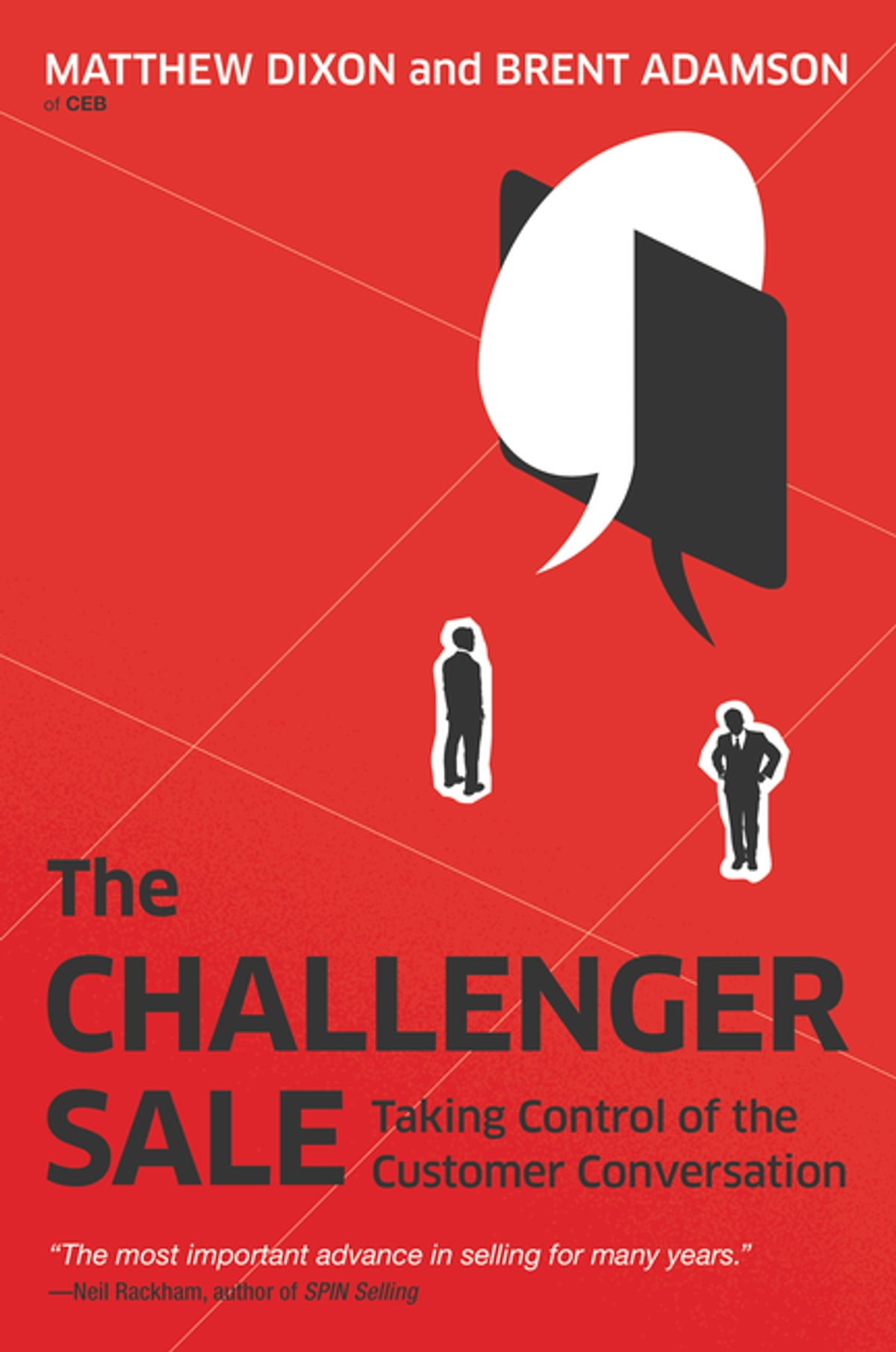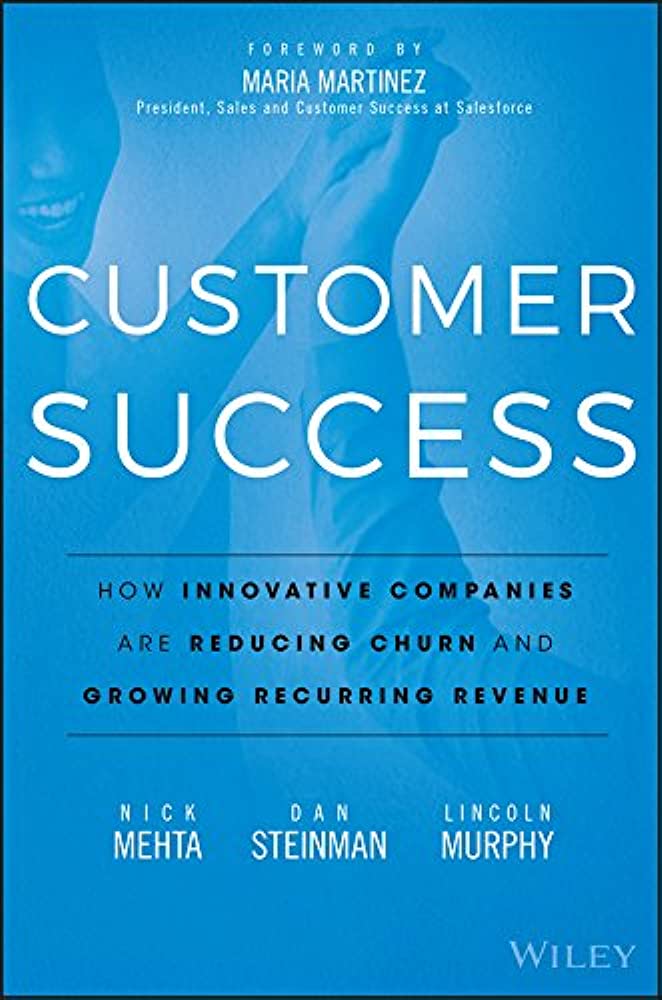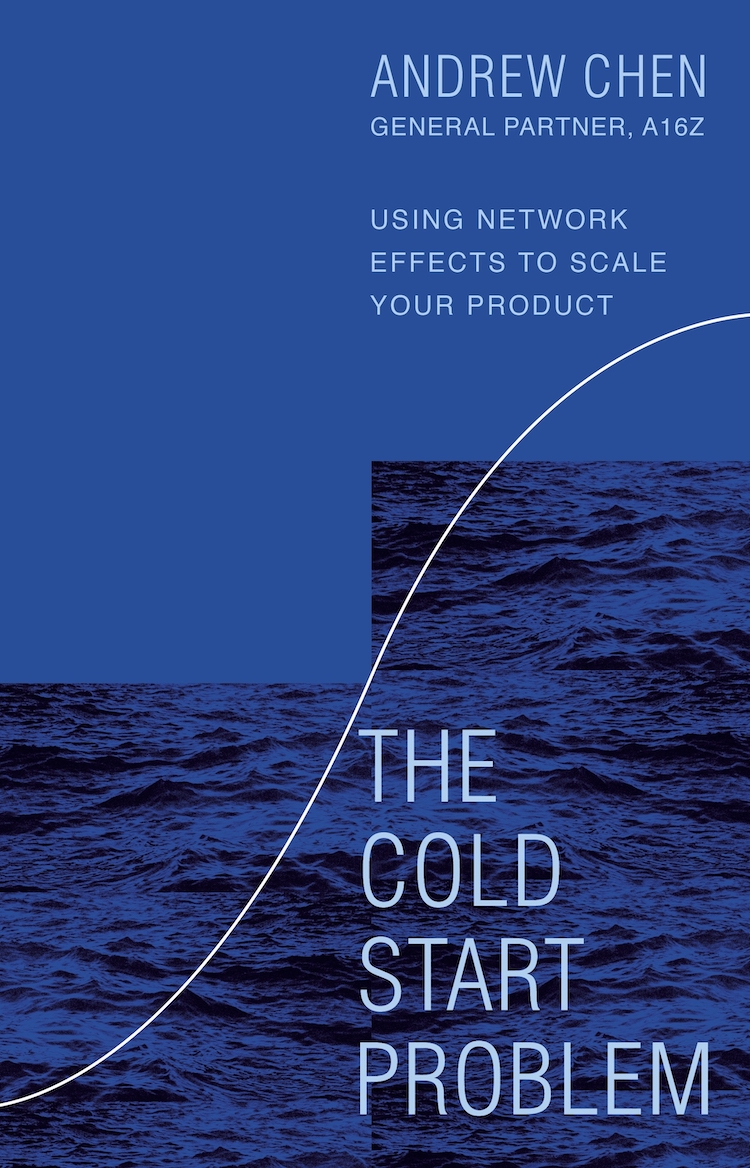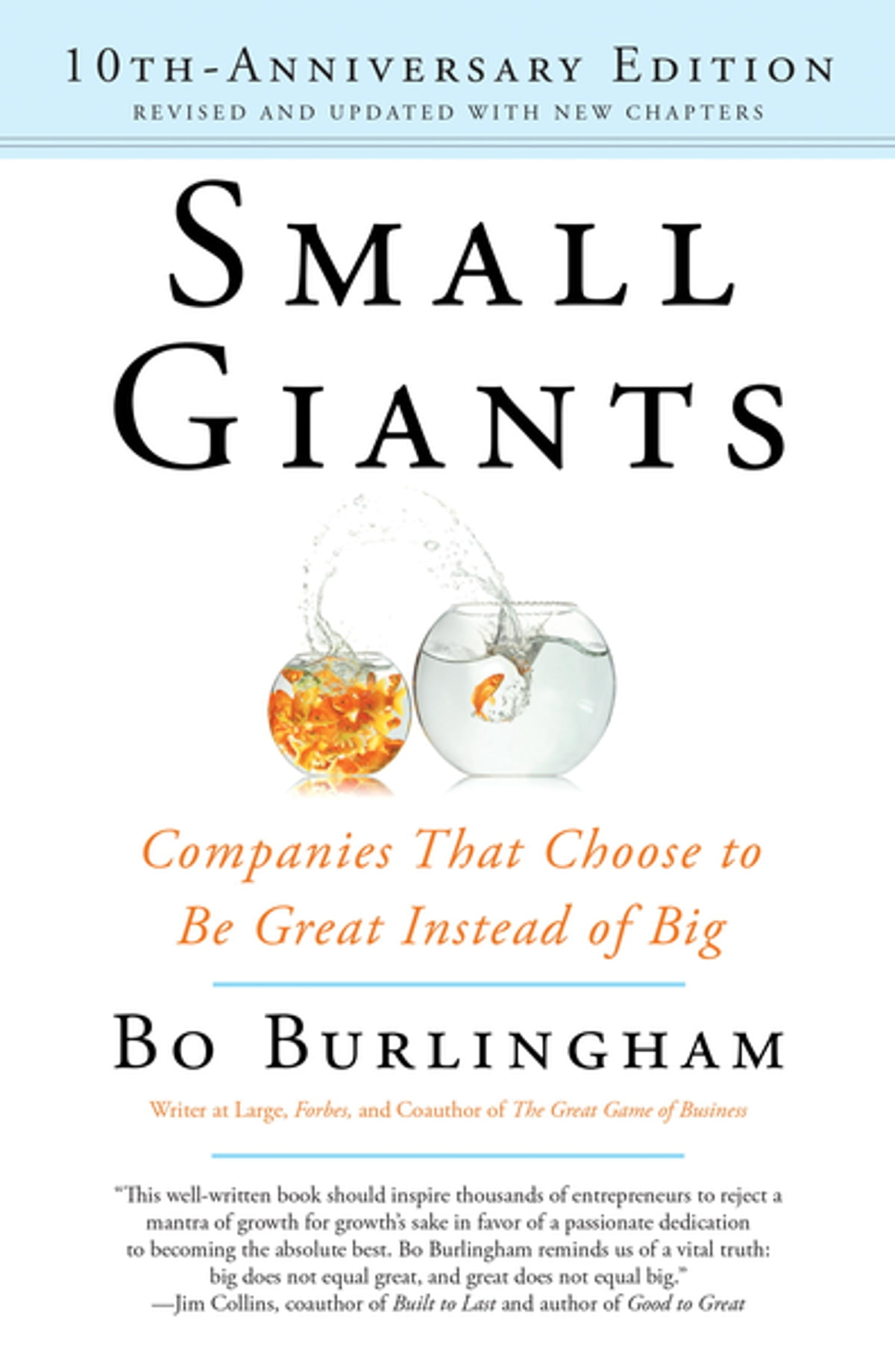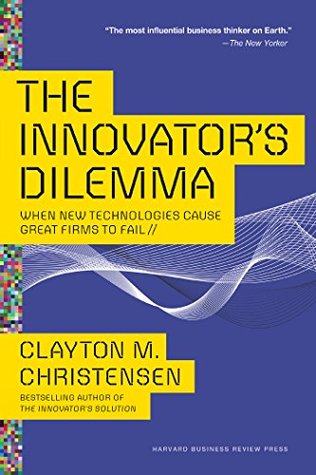Perennial Seller
by Ryan Holiday
- Business
- Ashto =
- Jonesy =
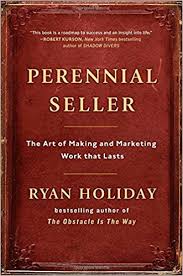
Perennial Seller – by Ryan Holiday
Perennial Seller is all about putting in the time and effort and energy into making something that is really really good, and then getting it out into the world. It’s about making something ‘perennial’, something that will last for decades and still be selling in the future, not putting together some low-quality garbage and a flash-in-the-pan scammy marketing campaign to sell a lot of copies in a quick amount of time and then it dies. This is the perfect book to read to balance out some other ideas around hustle and shipping and minimum viable product and the like. If you want to make something great, this book is a must-read.
‘The art of making and marketing work that lasts’
This book is featured in our ‘Top 50’ books. To get the full list, send us an email to podcast@whatyouwilllearn.com and we’ll the PDF to you.
Perennial Seller Summary
In the beginning, when you’re just getting started, creating a big volume of work if probably a good idea. You’re still learning, you’re still honing your craft, you don’t know what’s going to work or what’s going to resonate. This early strategy allows you to try a whole bunch of different ideas and figure it out as you go. But at a certain point in your journey, you need to start to make the shift from quantity to quality. At the start you’re getting into the habit of starting a task, completing a project, and sharing it with the world. Then as you progress, when ‘shipping’ your work isn’t as much of an issue, you’ll want to start to make better and better creations. This book is about creating something you’re truly proud of, making something of immense value, and putting in the effort that will make it ‘perennial’ so that it stands the test of time.
Holiday shares a bunch of famous artists with us: painters whose work is referred to centuries after they’ve departed Earth, authors whose books are still selling for decades, and musicians from eras gone by whose songs are still playing on the radio. These are the works of art that are ‘perennial’. They’re enduring, lasing creations.
Holiday talks about ‘The Lindy Effect’ (also mentioned in The Black Swan, see book #XX). Originally coined by Albert Goldman in 1964 as “Lindy’s Law”, there was a delicatessen in New York called Lindy’s that had been around for decades and was as popular as ever. The Lindy Effect says that the expected life span is proportional to its age – the mortality rate decreases with age, in that each additional year it survives adds another additional year to its life expectancy. If something has been around for 100 years and it still popular, there’s a good chance it’ll be around for another 100 years. We’ve been playing Beethoven for three centuries and talking about the Mona Lisa for five centuries. Some religions are millennia old, so it’s a safe bet they’ll survive another millennium. The Seven Habits of Highly Effective People (see book #XX) has been selling strongly for 3 decades, so there’s a good chance that it’ll still be popular in 2050. How To Win Friends and Influence People has been going strong for 80 years, so it’ll probably keep going for at least another 80 years. And of course, if it survives another 80 years, there’s a good chance it will be 160 years old so there’s a good chance it’ll survive another 160 years beyond that
You get the picture. Our goal is to create something so valuable that it is perennial. Most people struggle to make something that lasts more than 10 minutes, let alone 10 years or 10 decades. We’re so caught up in the here and now that we fail to think about our work strategically. We want to ride the new wave and capitalise on the latest fad. We’re so focused on the immediate payoffs that we don’t make anything worthwhile. The goal of the perennial seller is to make work that lasts, but most people never give themselves a real shot at it. We focus on the immediate pay-offs and quick cash grabs rather than making something timeless. Instead, you should ignore the brand new trend and focus on the things that will never change. Make something of the absolute highest quality possible, and then do everything you can get generate word-of-mouth that will keep it moving for months, years and decades.
Old advice might follow along the lines of “spend 20% of your time making the product then 80% of the time marketing it”. You’ll end up with an average product, but if you flog it with above-average marketing then you might be able to make something of it. But those days are over. Today we have too many options available to us that we’re not going to settle for the merely average. We need to flip the old equation on its head and channel most of our effort and energy into making something great.
If you’re on the path to making something perennial, you’re going to have to make sacrifices along the way. You’re investing your soul, so there is going to be a lot of time and energy and effort going into creating your masterpiece. Elon Musk says that creating his companies feels like “eating glass and starting into the abyss of death”. George Lucas was literally pulling his hair out when he was creating Star Wars. George Orwell says writing a book was “a horrible exhausting struggle” and like “being drive on by some demon”. Creating something monumental isn’t going to be a breezy walk in the park. Unfortunately it won’t be something you can crank out in a weekend. The ceiling of the Sistine Chapel took four years to paint. Or look at La Sagrada Familia in Barcelona – Gaudi laid the first brick in 1882 and at the time of writing, almost 140 years on, it’s still yet to be completed. From sacrifice comes meaning. From struggle comes purpose. If you want to create something important, you must be driven by an equally powerful inner force.
But before you set off on your own 140+ year quest, it’s vital to ‘test early, test often’. Don’t insulate yourself and make your art from inside a bubble. You can’t possibly know what will work and you won’t get it 100% right on your first try. So go out there and seek feedback. Some important notes on this feedback though. Firstly, before you start your project, get clear on who you’re doing this for and who you’re not doing this for. If the bloke at the pub tells you it’s a shit idea but he’s not in your target audience, then don’t give any weight to that feedback. But if someone you’re making this for offers a generous suggestion that pushes your work in a different direction, it’s important that you listen and consider it. Secondly, test early. Getting that ‘minimum viable’ idea in the hands of the types of people you’re making it for. Don’t invest weeks or month in something without getting early feedback on the initial stages. Thirdly, test often. Creation should be an iterative process, where you do a little bit of work, get feedback, makes some changes, get more feedback, and then iterate again. Ernest Hemmingway said “the first draft of anything is shit”. No one creates flawless first drafts, and no one creates better second drafts without the intervention of someone else’s ideas and suggestions. Finally, be prepared to ignore the feedback and go for it anyway. Steve Jobs said that people don’t really know what they want until you show it to them, so perhaps you just need to take the risk and do it anyway with the full knowledge that it might not work.




